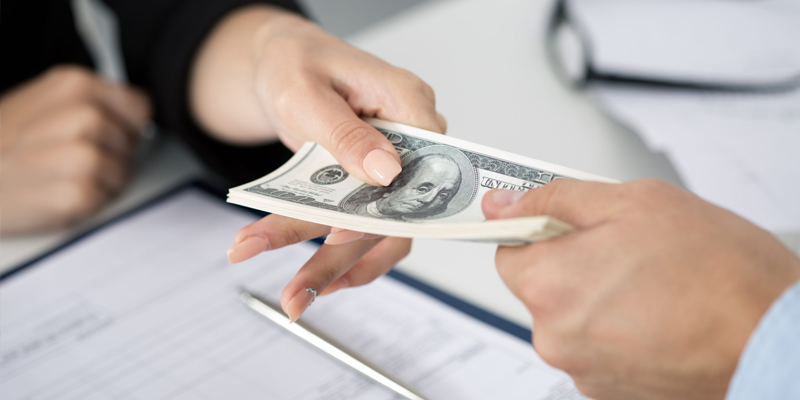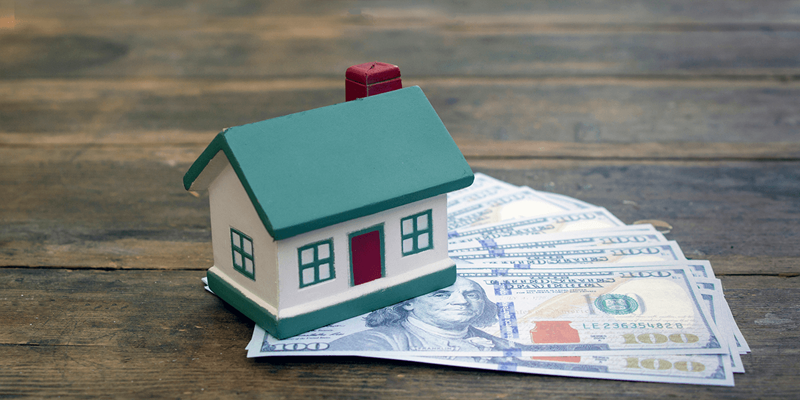Table of Contents
When you sell a property, you may be required to make an earnest money deposit (EMD). An EMD is a sum of money that is paid to the seller as a sign of good faith. The purpose of an EMD is to show the seller that the buyer is serious about purchasing the property and has the funds to do so. In some cases, an EMD may also be used as part of a 1031 exchange. In this article, we will discuss what an EMD is and how it can be used in a 1031 exchange.
What is an Earnest Money Deposit?

An EMD is a sum of money that is paid to the seller as a sign of good faith. The purpose of an EMD is to show interest on the part of the buyer and to ensure that the buyer has the financial resources to purchase the property. An EMD may also be used as a security deposit. In some cases, the EMD may be refundable to the buyer if certain conditions are met.
In some cases, an EMD may also be used as part of a 1031 exchange. In order to receive an EMD as part of the sale of a relinquished property, you must meet certain requirements. For example, you must have entered into a binding contract with the seller and you must have received written approval from the IRS. Additionally, you must use the proceeds from the sale of the relinquished property to purchase a replacement property.
If you do not meet the requirements for receiving an EMD as part of the sale of a relinquished property, you may still be able to receive an EMD as part of the exchange. In order to do so, you must use your own funds to pay the EMD. The EMD will then be reimbursed from the proceeds of the sale of the replacement property.
When is an EMD Required?
An EMD is not always required. It depends on the situation and the state where the property is located. In some cases, an EMD may be required when the purchase price of the property is over a certain amount. Additionally, an EMD may be required when the property is being sold to a family member or friend.
It is important to note that an EMD is not always required when a 1031 exchange is taking place. There are certain situations where an EMD is not necessary. For example, if you are purchasing a property from a related party or if you are purchasing a property in which you have already held an ownership interest.
How Much Money Should I Deposit?
The amount of money that should be deposited as an EMD varies from state to state. In some cases, the amount may be as little as $500. In other cases, the amount may be as high as $10,000 or more. It is important to consult with an attorney or real estate professional in order to determine the correct amount for your specific situation.
What Happens if I Don’t Meet the Requirements?

If you do not meet the requirements for receiving an EMD as part of a 1031 exchange, you may still be able to receive an EMD. However, you will need to use your own funds to pay the EMD. The EMD will then be reimbursed from the proceeds of the sale of the replacement property.
Receiving an EMD as part of the sale of a relinquished property is just one way to use proceeds from a 1031 exchange. There are other ways to use those proceeds, and it is important to speak with a professional in order to determine the best course of action for your specific situation.
Receiving an EMD With Sale of a Relinquished Property
When you sell a relinquished property in a 1031 exchange, you may be able to receive an EMD as part of the sale. In order to do so, you must meet certain requirements. For example, you must have entered into a binding contract with the seller, and you must have received written approval from the IRS. Additionally, you must use the proceeds from the sale of the relinquished property to purchase a replacement property.
When is an EMD Not Necessary?
There are certain situations where an EMD is not necessary. For example, if you are purchasing a property from a related party or if you are purchasing a property in which you have already held an ownership interest.
It is important to note that an EMD is not always required when a 1031 exchange is taking place. There are certain situations where an EMD is not necessary. For example, if you are purchasing a property from a related party or if you are purchasing a property in which you have already held an ownership interest.
Crucial Facts to Consider With EMD
When it comes to 1031 exchanges, there are a few crucial things to keep in mind when it comes to EMDs. Here are some important facts to consider:
-An EMD is not always required. It depends on the situation and the state where the property is located. In some cases, an EMD may be required when the purchase price of the property is over a certain amount. Additionally, an EMD may be required when the property is being sold to a family member or friend.
-The amount of money that should be deposited as an EMD varies from state to state. It is important to consult with an attorney or real estate professional in order to determine the correct amount for your specific situation.
-If you do not meet the requirements for receiving an EMD as part of a 1031 exchange, you may still be able to receive an EMD. However, you will need to use your own funds to pay the EMD. The EMD will then be reimbursed from the proceeds of the sale of the replacement property.
In conclusion, it is important to consult with a professional in order to determine the correct amount for your specific situation. If you do not meet the requirements for receiving an EMD as part of a 1031 exchange, you may still be able to receive one but will need to use your own funds and have them reimbursed from the proceeds of the sale.
It is always best practice when dealing with such valuable transactions that involve real estate or other property-related investments to seek help from professionals who are well versed in these matters. Let us know how we can assist!

